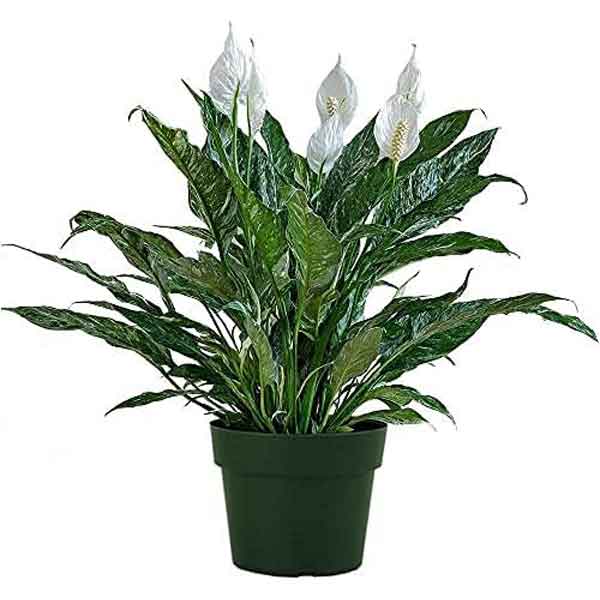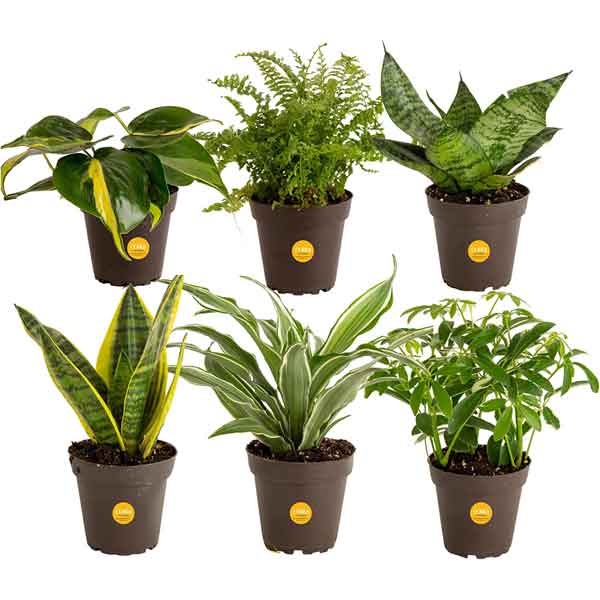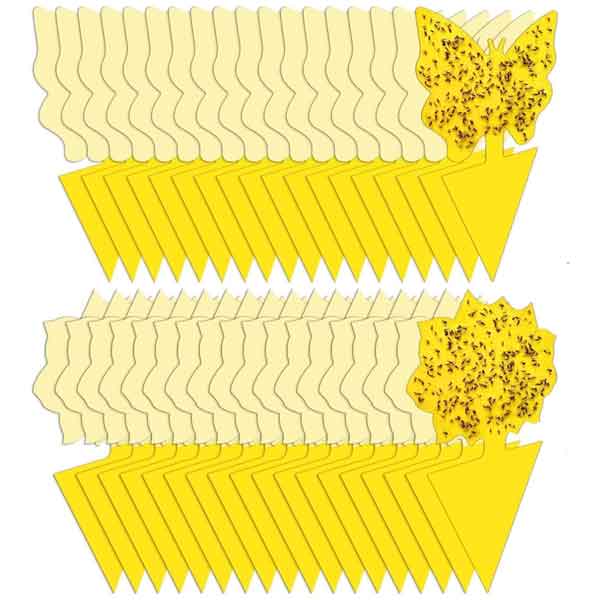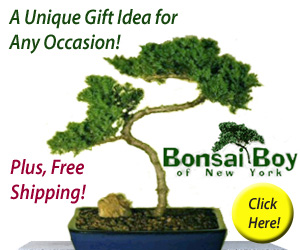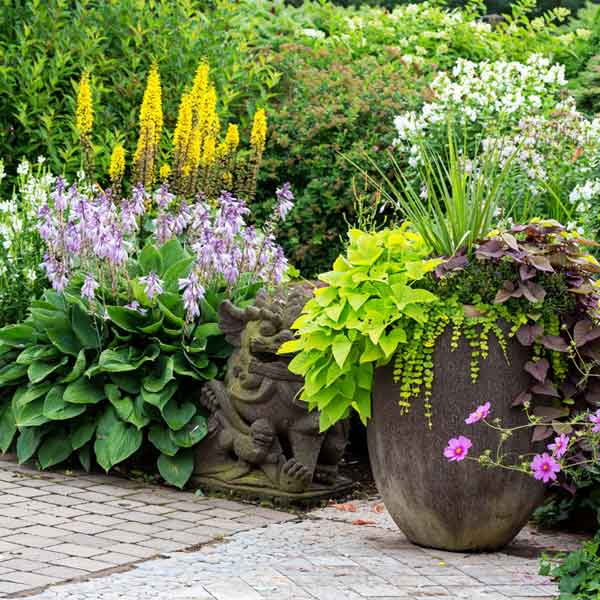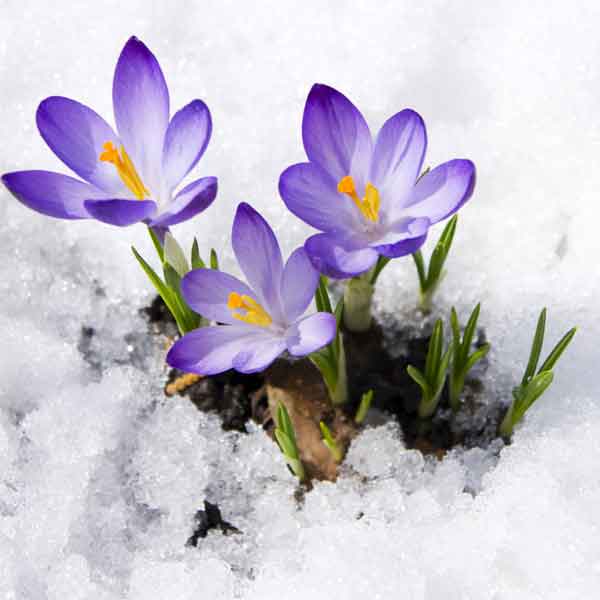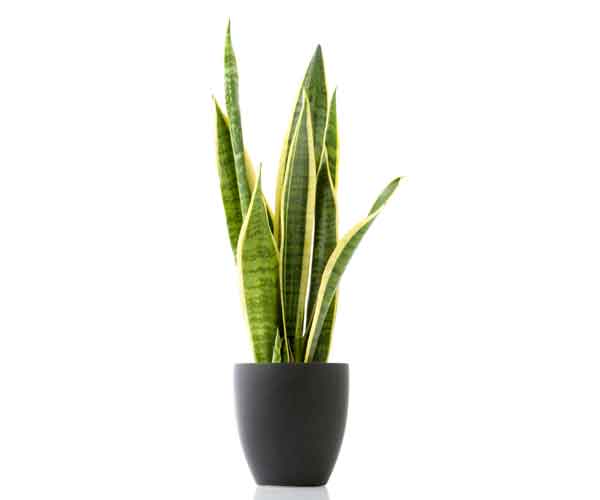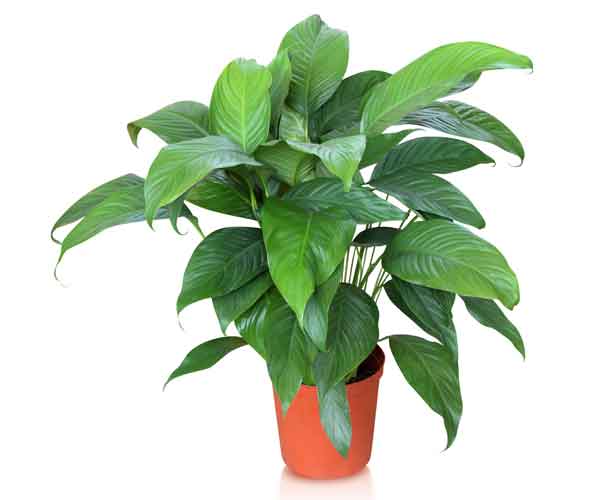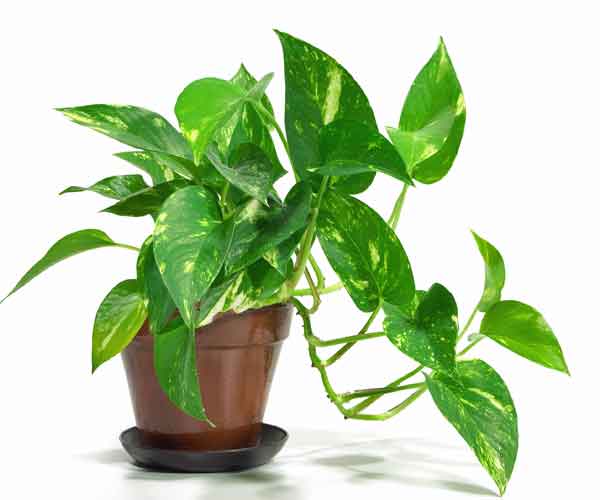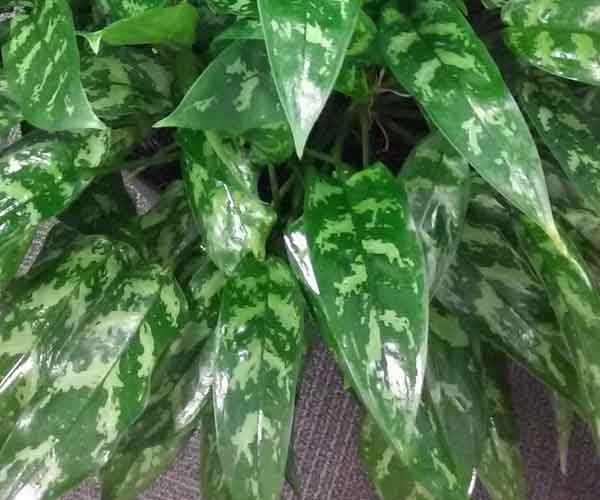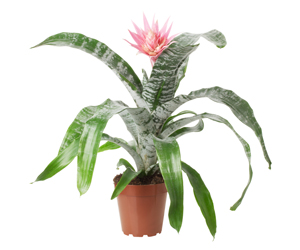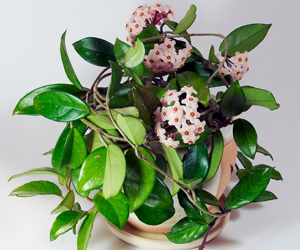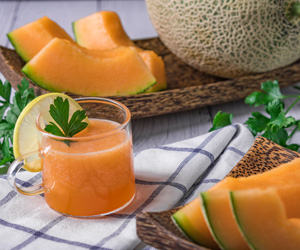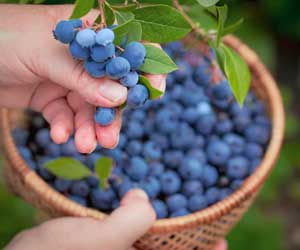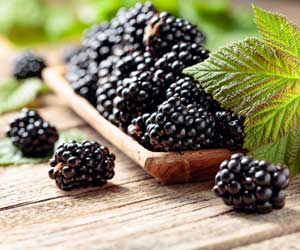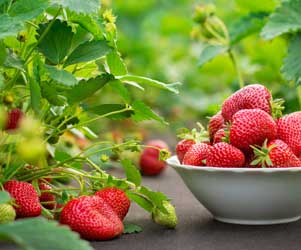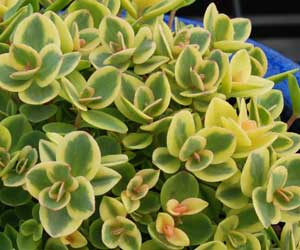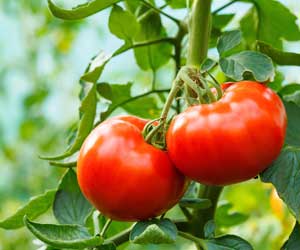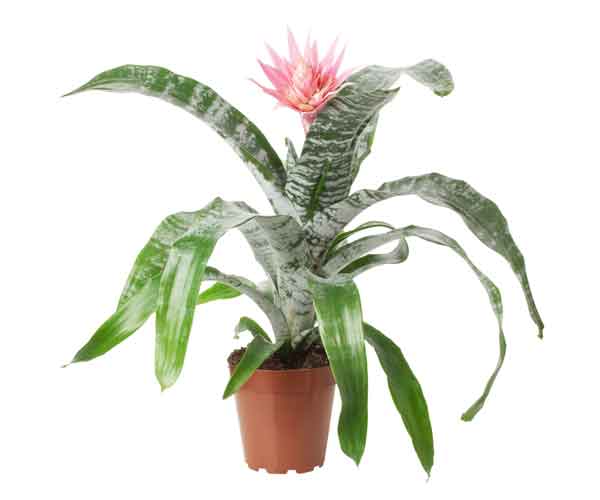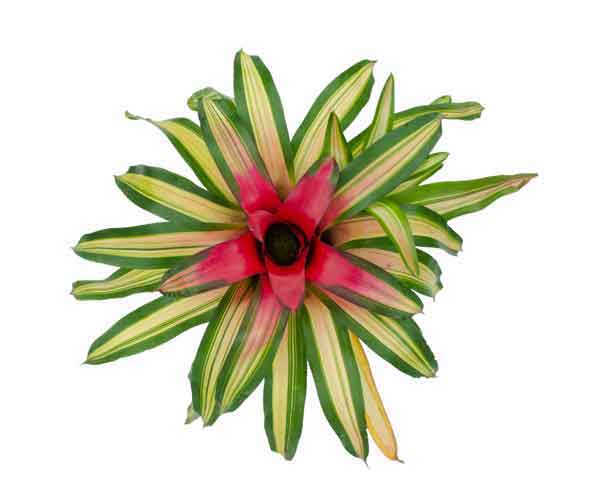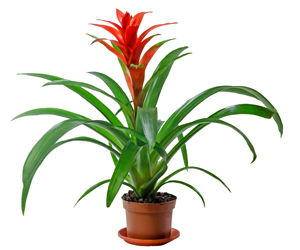Care of Birds Nest Fern
Houseplants Flowers
One of the easiest ferns to care for as an indoor houseplant is the Birds Nest Fern (Asplenium Nidus). It is more likely to let you get away with a few mistakes than many other ferns. An added attraction is the leaflets that often fall from other ferns, creating quite a mess, are not present on Birds Nest Fern.

Ferns have been popular indoor house plants for centuries even though some of them can be difficult to maintain in normal household conditions. There are many varieties of ferns from which to choose and Birds Nest Fern is one of them. Most ferns will do well in bright indirect light and require a regular schedule of watering and care. They will need more attention than most house plants.
Light green fronds surround a fibrous nest, explaining the name Birds Nest Fern. The fronds are long and blade shaped with a dark midrib. Birds Nest Ferns can grow quite large and I have seen specimens that were over 3 feet tall. It is a very attractive plant, in my opinion.
Most ferns tends to lose foliage on a regular basis, especially if the light is not quite right, the humidity is too low or watering is not correct. It's never easy to get everything perfect although the Birds Nest Fern is one of the easiest ferns when it comes to care.
Birds Nest Fern Care Question?
Question about Birds Nest Fern? You can send a house plant question but before you do, please read this information on watering your indoor houseplants, how to help keep your houseplant's root system healthy, lighting for your houseplants, and basic houseplant care. These are most important for your houseplant's health and this is some of the information I will refer you to if you send an email.
Working in the interior landscape industry, I get a lot of questions from people about their personal house plants and how to keep their own indoor house plants growing and healthy. That is why I started this website, to help others learn how to care for their indoor plants and flowers. So please read on!
⚘ How This Website Started ⚘
Hi Plant and Flower People!
I started this website in 2012 while helping my younger brother through a fight with terminal cancer. Between shopping, cleaning, cooking, laundry, doctor/hospital visits, and other tasks to help him, I taught myself HTML/CSS and other skills used in creating a website. My brother had a very successful stock photography website himself and his advice to me was to make a website about something you know.
I had left a job in the interior landscape industry in 2012 (I have worked in the interior landscape industry since 1986) to go across the country to help him out. So that became the subject of this website, indoor house plant and flower care.
It costs money for hosting service, domain fees, etc. to keep websites running. That is why I have third party ads/Amazon products and other affiliate links on webpages. Please use them if they are helpful to you as I earn commissions/ad revenue through them and they help pay costs for hosting, domain name, etc.
If you need some help with the general care of your indoor plants and flowers, read about basic houseplant care. You can also email houseplant care questions or requests for help identifying your mysterious indoor plant!
Please also consider supporting this website with a donation, if you can. Any help is appreciated. Hope you find some helpful information here. Thank you and read on Plant People!
Ads By Google
Birds Nest Fern Care
How to Water
Keep potting mix moist at all times. Soil should not be soggy. Allow topsoil to dry 1/4 to 1/2 of soil depth. Do not allow to dry out completely but you can allow to dry half the soil depth, especially in fall and winter. This is one plant you will have to pay some attention to for good results. Please read sections on watering and lighting for your houseplants.
Birds Nest Fern Plant Care
Other Care Tips
Lower, older fronds are usually the first to die off. These should be replaced with new growth. Cut out any fronds as they begin to yellow or turn brown as this will help encourage new growth. Ferns can look unsightly if they are not kept well groomed. New plants often shed old foliage while acclimating to a new environment. If you have problems with new growth, check watering habits first. Over-watering will often affect new growth.
Temperatures for Birds Nest Fern should be somewhere between 55°F and 75°F. Ferns generally will not do well in excessively low or high temperatures. Provide as much humidity as you are able. Use a humidity tray, group with other plants or give it a home in your most humid room!
Provide bright, indirect light for your Birds Nest Fern. A spot near a window with no afternoon sun would be perfect. Early morning sun is acceptable but is not a requirement for your Birds Nest Fern to be growing, happy and healthy.
Home Garden Plants Flowers
Amazon Affiliate Links - May Earn Commission - Thanks!
Keep Birds Nest Fern's foliage clean and check any new plants that you add to your house plant collection for pest problems. Mealybug and scale can sometimes be a problem but a good wash down with soapy water should be sufficient for control. On some ferns this can be difficult and it may be easier to remove the foliage with the pest problems first and then spray the rest with soap mixture. Just make sure you treat as soon as you notice a problem as they can damage your plant.
If you have other indoor plants, it would be a good idea to quarantine any new additions to your indoor house plant family for a few weeks. This is to be sure there are not any insects that were not noticed at first. Wash down your new indoor house plant with a mixture of water and mild dish detergent. I like to add a few drops of Eucalyptus essential oil or Orange essential oil to my house plant cleaning solution.
Apply to top and lower leaf and stem surfaces of your house plants, being careful not to wet the soil too much. You can clean by hand or use a spray bottle to apply your house plant cleaning solution. I use a sponge moistened with my cleaning solution to gently wipe the top and lower leaf surfaces. Cleaning of your house plants should be a regular part of your house plant care.
Never apply anything to the foliage of your plant while it is in the sun or when the soil is dry. Water first and move to a shady location.
Plants & Flowers
Easy House Plants
Home Gardening
Bromeliad House Plants
Social Media Pages
Plants Flowers
on Twitter
Tweets by plantcare2
PFI Facebook Page
Home and Garden
Houseplant Care Question?
Questions about your indoor house plants or plant care problems? You can send a house plant question, free of charge, no sign ups, registration or log in required!
Before you send a houseplant care question, please be sure to read this information on watering your indoor house plants, how to help keep your your indoor house plants root system healthy and lighting for your indoor house plants and flowers. These are most important for the health of your house plants and this is some of the information I will refer you to if you send an indoor house plant or flower care question.
You can post comments, find answers to plant care questions, or share some of your own plant wisdom on our plant care Facebook Page, Twitter page or visit my plant care blog. You can also find plant pictures, gardening ideas, and more at our plant and flower Pinterest page.
Thanks for visiting and come back soon as houseplant care information, pictures and more are being added all of the time. I hope that your indoor tropical house plants and all of your plants and flowers are happy, green and growing because that is why I started this indoor house plant and flower care website, PlantAndFlowerInfo.com.
Common House Plants Flowers Care Guide
Indoor Plants Pictures Names ⚘ Best Indoor Plants ⚘ Adiantum Fern Care ⚘ Aechmea Bromeliad Plant ⚘ Aglaonema Plant Care ⚘ Aglaonema Maria Plant Care ⚘ Aglaonema Silver Queen Plant Care ⚘ Aglaonema Silver Bay Plant Care ⚘ Anthurium Plants ⚘ Aphelandra Plant ⚘ Arboricola Plant Care ⚘ Aspidistra Plant Care ⚘ Asplenium Nidus Plant Care ⚘ Basic Houseplant Care ⚘ Birds Nest Ferns Plant Care ⚘ Boston Ferns Plant Care ⚘ Botanical Calendars ⚘ Bromeliad Plants ⚘ Build A Greenhouse ⚘ Buy Greenhouse ⚘ Buy House Plants ⚘ Cast Iron Plant ⚘ Chinese Evergreen Plant Care ⚘ Chlorophytum Plant Care ⚘ Codiaeum Houseplant Care ⚘ Corn Plant Care ⚘ Croton Plant Care ⚘ Devil's Ivy Plants & Care ⚘ Dieffenbachia Plant Care ⚘ Dracaena House Plant Care ⚘ Dracaena Janet Craig Plant Care ⚘ Dracaena Marginata Plant Care ⚘ Dracaena Warneckii Plant Care ⚘ Dumb Cane Plant ⚘ English Ivy Hedera ⚘ Ferns Plant Care ⚘ Ficus Trees Plants ⚘ Fittonia Plant Care ⚘ Flower Calendars ⚘ Heart Leaf Philodendron ⚘ Hedera English Ivy ⚘ How to Care for Marble Queen Pothos ⚘ Hoya House Plants ⚘ Lady Palm Plant ⚘ Lucky Bamboo House Plant Care ⚘ Maidenhair Ferns ⚘ Marble Queen Pothos ⚘ Marginata ⚘ Money Tree Plant Care ⚘ Mother In Law Tongue Plant Care ⚘ Names Pictures of Plants ⚘ Nephthytis ⚘ Norfolk Island Pine ⚘ Orchid Flowers ⚘ Palm Plants ⚘ Peace Lily Care ⚘ Philodendron "Brasil" Plant Care ⚘ Philodendron Cordatum ⚘ Philodendron Silver Care ⚘ Plant Calendars ⚘ Poinsettia Plant Flower Care ⚘ Pothos Plant Care ⚘ Rhapis Palm Plant Care ⚘ Sansevieria Plant Care ⚘ Schefflera Plant Care ⚘ Self-Watering Planters ⚘ Care of Silver Bay Plant ⚘ Snake Plant Care ⚘ Spathiphyllum Care ⚘ Spider Plant Care ⚘ Care of Syngonium Plant ⚘ Succulent Plant Care ⚘ Warneckii Plant Care ⚘ Weeping Fig Tree ⚘ Zebra Plant ⚘ ZZ Plant House Plant Care ⚘ Plant Links
Other Plant Flower Links
Best Indoor Plants ⚘ Indoor House Plants Pictures Names ⚘ Water Indoor Plants ⚘ Lighting Indoor Plants ⚘ Bonsai Plants ⚘ Common House Plants ⚘ Indoor Palm Plant Care ⚘ Orchids ⚘ Pets & Plants ⚘ Buy Tropical Orchids Orchid Care ⚘ Plant Flower Gifts ⚘ Buy Plants Flowers ⚘ House Plant Guide ⚘ How To Books ⚘ Flowers Plants Poster Prints ⚘ Orchid Art & Posters ⚘ Gardening Calendars ⚘ Greenhouse Books-Gardening
